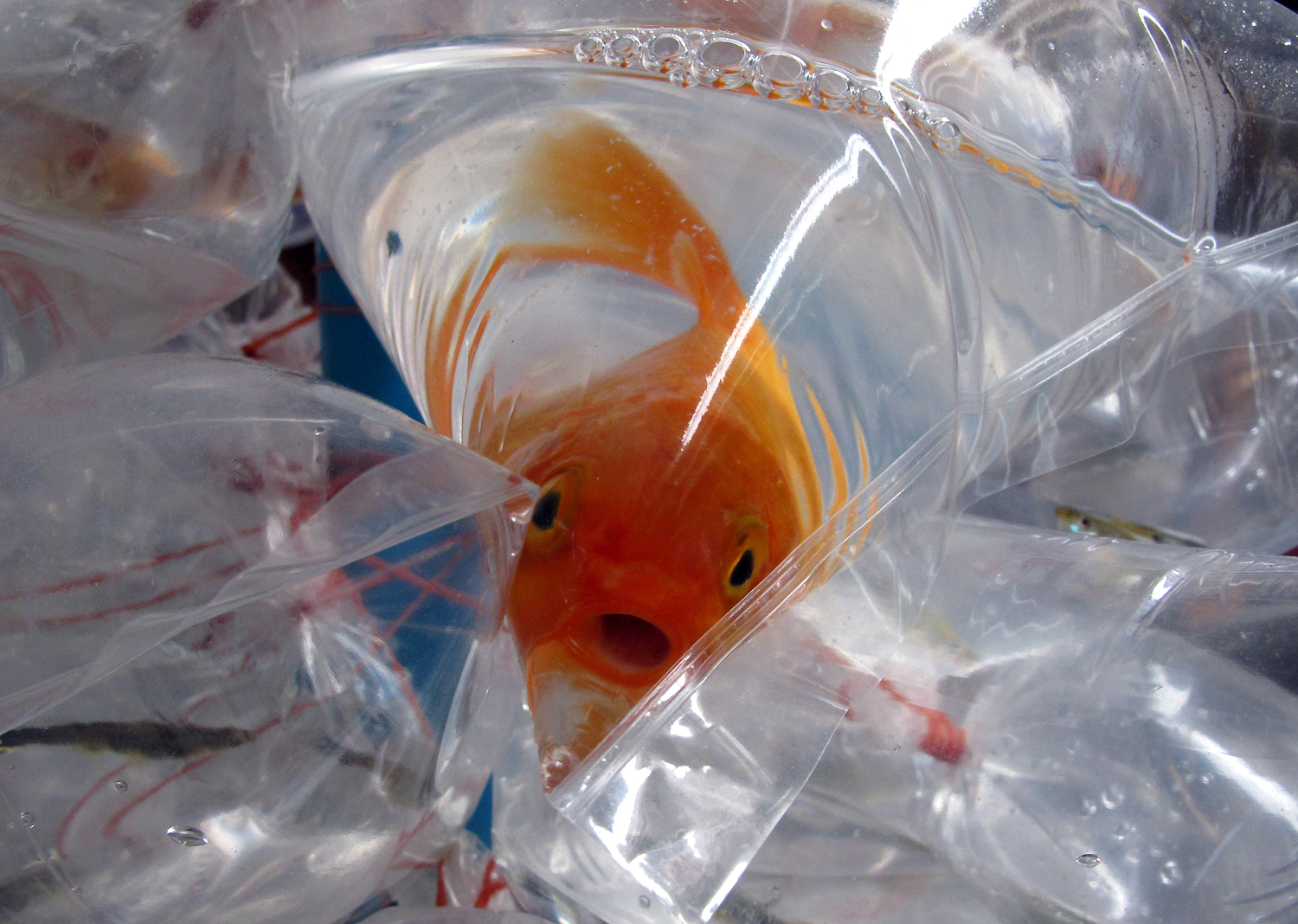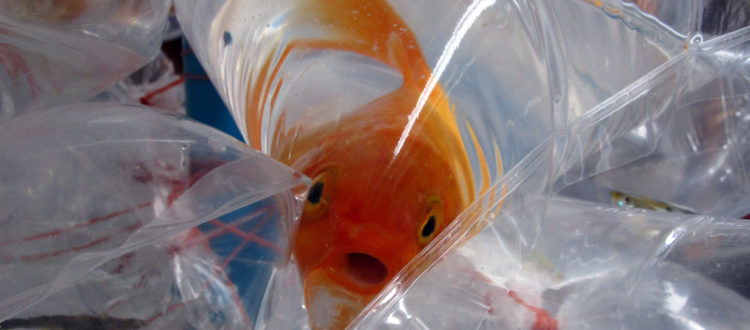The lucrative traffic of exotic animals
The illegal trade of exotic animals is a traffic that greatly jeopardizes the biodiversity and ecosystems of the planet. While the problem is not new, it has worsened in recent decades. The trade of exotic animals is just behind… the traffic of arms and drugs, about 15 to 160 billion euros a year, is HUGE and SCANDALOUS !!!
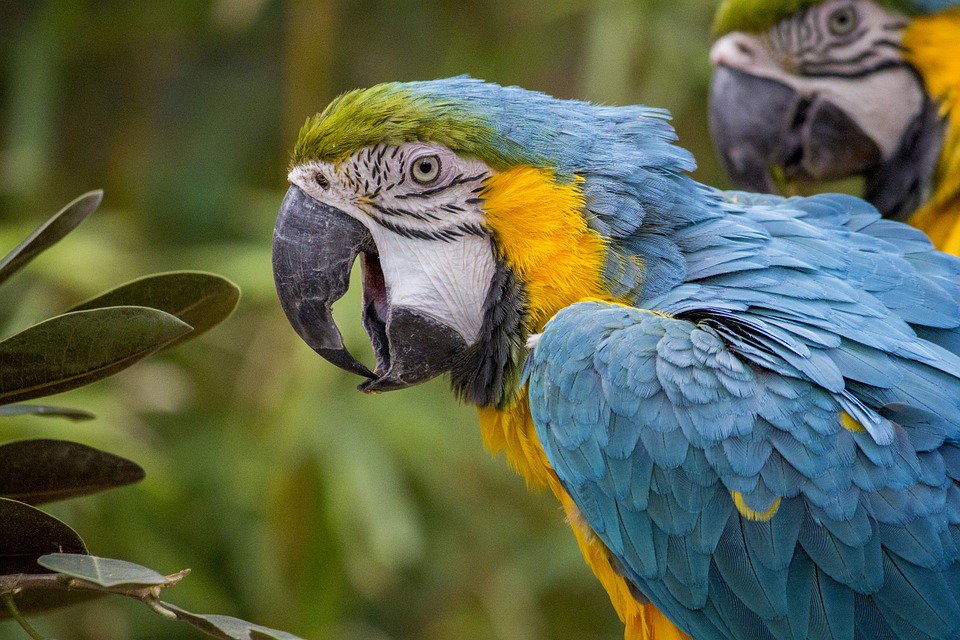
This lucrative practice is based on the illegal transfer of animals globally, endangering not only the sustainability and biodiversity of ecosystems but also the viability of some exotic species. Already in the early 1970s, an international agreement had been signed by the majority of developed countries : the Convention on International Trade in Species of Wild Fauna and Flora. The problem is far from resolved and new threats are constantly emerging. Unfortunately, human greed and arrogance (which knows no bounds) play a huge part in this mess… Today, it is estimated that 25% of the animals marketed in the world come from illegal trafficking.
Today used as pets in Europe and North America, they were once enjoyed by the new rich from China and Southeast Asia. Some people are ready to pay up to $ 70,000 for a Brazilian blue parrot, $ 1,500 for a boa or $ 25,000 for a monkey ! Exotic alien species on both sides of the planet travel in such bad conditions that only 10% of them survive ! Without water, no food, with just a breath of fresh air, the animals move in closed boxes to avoid customs controls. Recall that this practice not only endangers the ecosystems but also those of the host countries. Indeed, How many accidents or even deaths of people who follow these exotic animals, become “domestic”, are to be deplored in the world ? As in 2013, when a boa constrictor smothered children, aged 5 and 7, in their sleep.
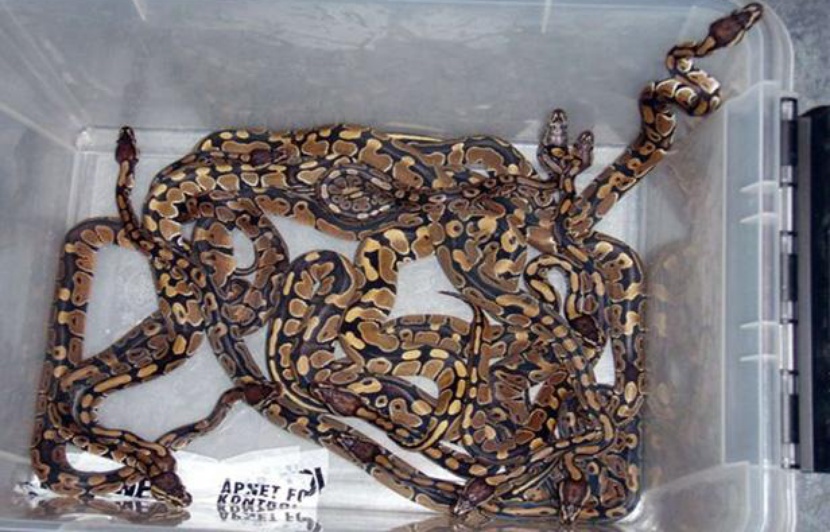
Unfortunately, it is becoming increasingly fashionable to have a genuine private zoo at home, made up not only of exotic animals but also of endangered species. Because we do not know these animals, their diet, their rhythm of life, their behavioral changes… how can we impose such a life on them ? Here is a non-exhaustive list of the animals most affected by the problem of illegal trafficking :
- Parrots and parakeets : the France currently has over 300 species of parrots on its territory, the vast majority is bored to death to spend long hours in a cage… Especially since this trade threatens species such as the African gray parrot, one of the world’s most sought-after birds because of its plumage. As it began to disappear locally in Benin, Burundi, Guinea-Bissau, Kenya, Rwanda, Tanzania and Togo, its trade was fortunately ended up being banned in 2016 by the International Convention on Trade in Endangered Species (quoted). But should we not just consider banning the importation of wild birds into the European Union ?
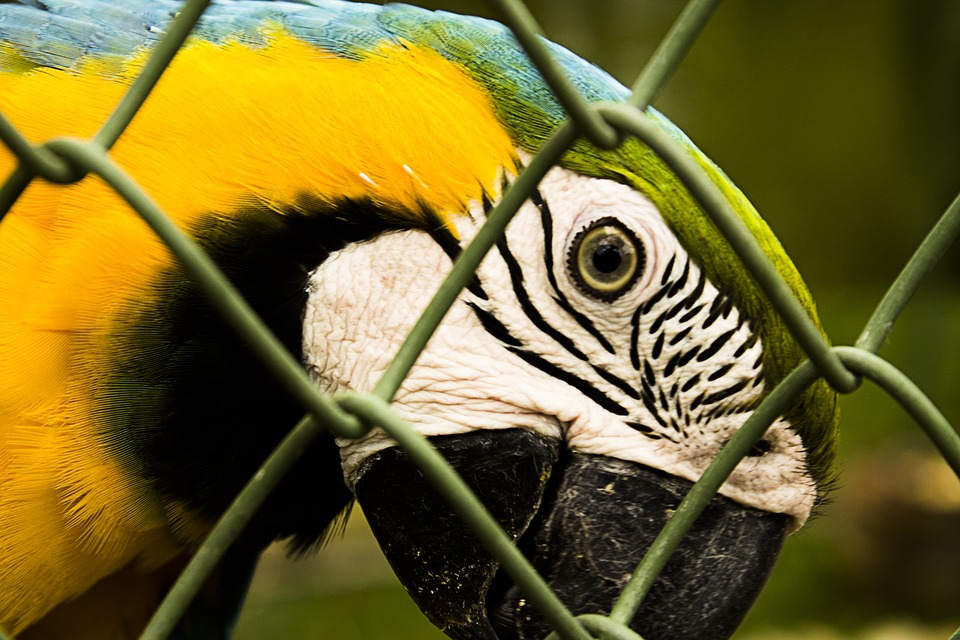
- Fish : ENDCAP estimates that more than 40 million fish are imported into Great Britain to end their lives in plastic bags or in 5 cm bins in stores. Nobody wants it, not even a fish ! Although they are often less considered than terrestrial animals, fish also have mental abilities and are sensitive to their environment. It is high time that we consider them as such !
